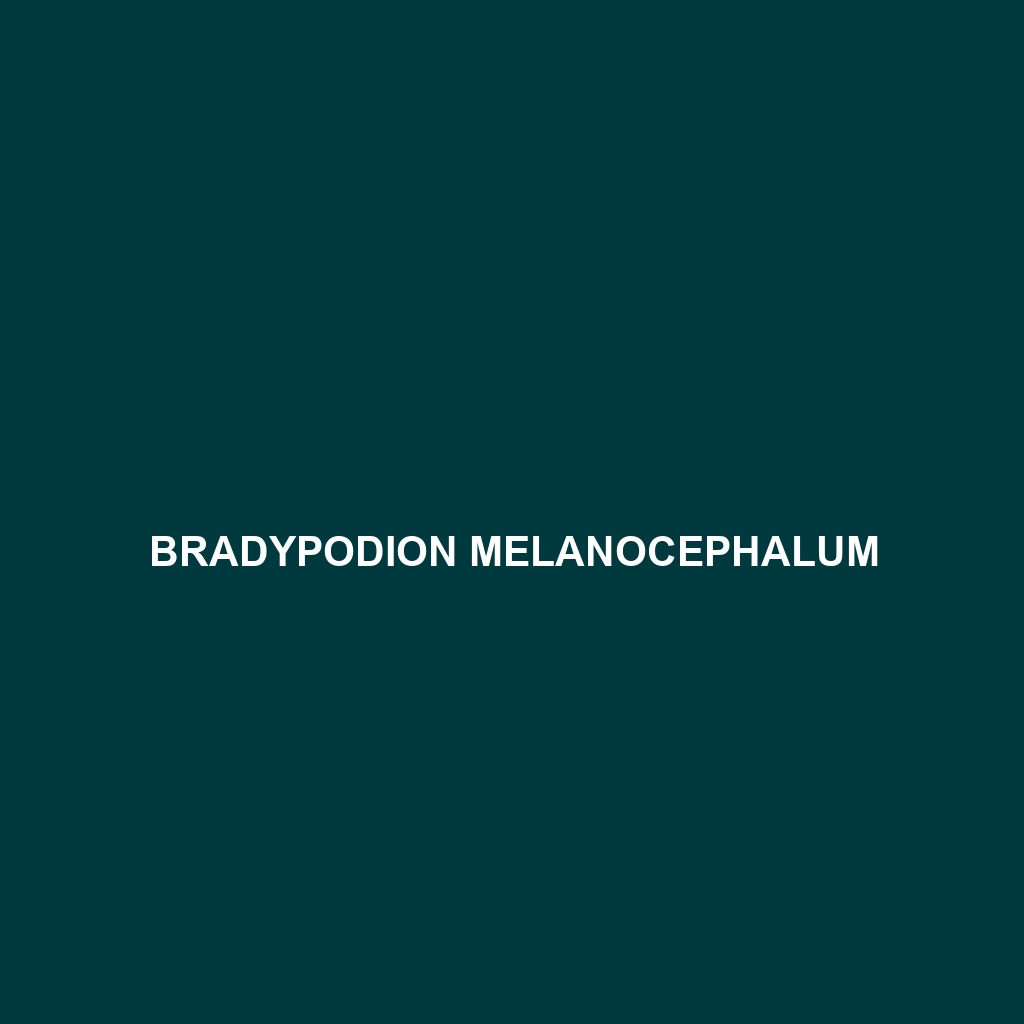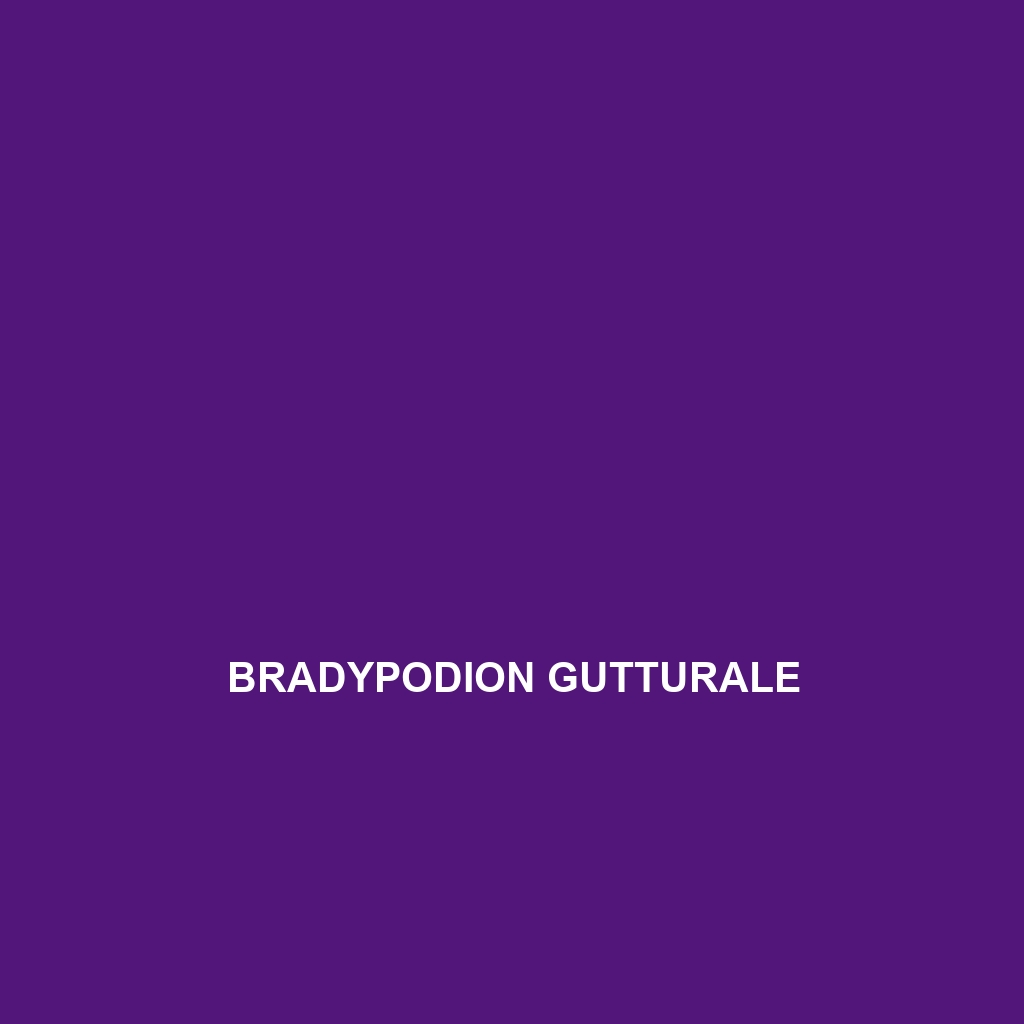<p><b>Smaug barbertonensis</b>, also known as the Barberton rock lizard, is a vulnerable species native to the rainforests and rocky outcrops of the Barberton Mountains in South Africa. This diurnal lizard, measuring up to 35 centimeters, features spiny scales for camouflage and primarily feeds on insects, playing a crucial role in regulating local insect populations and maintaining ecosystem balance.</p>
Tag: biodiversity in South Africa
Smaug barbertonensis
<p><b>Smaug barbertonensis</b>, also known as the Barberton rock lizard, is a vulnerable species native to the rainforests and rocky outcrops of the Barberton Mountains in South Africa. This diurnal lizard, measuring up to 35 centimeters, features spiny scales for camouflage and primarily feeds on insects, playing a crucial role in regulating local insect populations and maintaining ecosystem balance.</p>
Ramigekko swartbergensis
<b>Ramigekko swartbergensis</b>, also known as the Swartberg Gecko, thrives in the rocky slopes of South Africa's Swartberg Mountains. With striking color patterns for camouflage, this diurnal insectivore exhibits territorial behavior and plays a crucial role in its ecosystem by controlling insect populations and serving as prey for larger predators.
Ramigekko swartbergensis
<b>Ramigekko swartbergensis</b>, also known as the Swartberg Gecko, thrives in the rocky slopes of South Africa's Swartberg Mountains. With striking color patterns for camouflage, this diurnal insectivore exhibits territorial behavior and plays a crucial role in its ecosystem by controlling insect populations and serving as prey for larger predators.
Goggia matzikamaensis
<p>Discover the <b>Goggia matzikamaensis</b>, a small, agile gecko native to the temperate forests of South Africa's Matzikama region. With its remarkable camouflage, unique vocalizations, and role as an insect predator, this fascinating species is essential for maintaining ecological balance.</p>
Bradypodion venustum
Discover the Eastern Cape Dwarf Chameleon (Bradypodion venustum), a vibrant, arboreal species from South Africa's lush coastal forests, known for its slow movements, unique color-changing ability, and insectivorous diet. With a conservation status of Vulnerable, this captivating chameleon plays a crucial role in maintaining ecological balance by controlling insect populations.
Bradypodion ventrale
Discover the Ventral Chameleon (Bradypodion ventrale), a small to medium-sized chameleon native to South Africa's subtropical forests, known for its vibrant color variations and unique prehensile tail. As a skilled insect hunter, this Vulnerable species plays a vital role in maintaining ecological balance within its habitat.
Bradypodion kentanicum
Discover the stunning <b>Bradypodion kentanicum</b>, or Kentan chameleon, a vibrant species native to the coastal forests of South Africa's Eastern Cape. With its impressive color-changing ability and unique arboreal behavior, this chameleon is both a captivating pet and an essential part of its ecosystem, helping to control local insect populations.
Bradypodion dracomontanum
<p>The <b>Drakensberg chameleon</b> (<i>Bradypodion dracomontanum</i>) is a small, vibrant green chameleon native to the temperate forests and grasslands of the Drakensberg Mountains in South Africa. Known for its color-changing abilities and unique courtship displays, this species plays a critical role in controlling insect populations and is currently classified as <b>vulnerable</b> due to habitat loss.</p>








